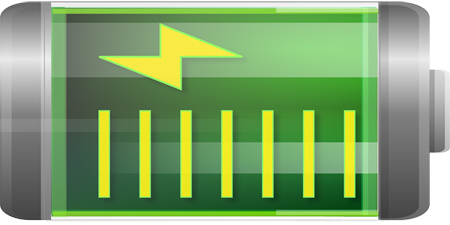Replacing the engine in a Toyota Prius involves a detailed and complex process, especially due to the presence of the hybrid system. The engine replacement is not just about swapping out the internal combustion engine (ICE), but also requires careful handling of the hybrid battery, electric motors, and associated wiring and cooling systems. This type of replacement is best performed by a qualified mechanic with expertise in Toyota hybrid systems to ensure that everything is done safely and correctly.
Key Steps in the Prius Engine Replacement Process:
1. Vehicle Preparation
Raise the car on a lift: To gain access to the underside of the vehicle and the engine compartment, the car is lifted.
Disconnect the battery: Disconnect the 12V battery to prevent any electrical issues, followed by the hybrid battery to ensure safety while working with high-voltage components.
Remove undercarriage covers: Take off any panels or covers beneath the vehicle that might be in the way.
2. Hybrid System Disassembly
Disconnect the electric motors: Disconnect the electric motor(s) and their wiring from the engine, ensuring the power from the hybrid system is safely isolated.
Remove the hybrid battery pack: The hybrid battery pack must be removed, which requires careful handling due to the high-voltage systems and potential for electric shock.
Disconnect cooling lines: The cooling lines that are linked to both the engine and the hybrid system must be detached and safely secured to prevent coolant leaks or contamination.
3. Engine Removal
Loosen and remove engine mounting bolts: Once the hybrid system components are out of the way, the engine mounting bolts are loosened and removed.
Detach the engine from its mounts: The engine is carefully detached from its mounts, ensuring that no components are damaged during the process.
Lift the engine out: Due to its weight and the complexity of the hybrid setup, removing the engine typically requires a hoist or crane. It is a delicate task that may require assistance.
4. New Engine Installation
Install the new engine: The new engine is aligned with the mounting points in the engine bay. It is then carefully lowered into position.
Reattach engine mounts: Once the engine is in place, the engine mounts are reattached, and the mounting bolts are tightened securely to ensure stability.
5. Hybrid System Reassembly
Reinstall electric motors and wiring: The electric motor(s) are reconnected to the new engine, along with all necessary wiring and connectors.
Remount the hybrid battery pack: The hybrid battery pack is remounted, ensuring all electrical connections are secure.
Reconnect cooling lines and hoses: The cooling system for both the engine and hybrid system is reconnected, making sure the fluid levels are correct and there are no leaks.
6. Final Checks and Adjustments
Reconnect the 12V and hybrid battery: After everything is reassembled, the 12V battery is reconnected, followed by the hybrid battery.
Electrical system check: A thorough electrical system check is performed to ensure all connections are correct and the hybrid system is operating properly.
Start the engine: The new engine is started, and any potential leaks or issues with fluid levels are checked.
Road test: A test drive is performed to verify that the engine runs smoothly and the hybrid system functions correctly, including the electric motor integration and battery operation.
Important Considerations:
1. Specialized Tools and Knowledge
Replacing the engine in a Toyota Prius requires specialized tools for working with high-voltage systems and hybrid components. The engine and hybrid components must be carefully handled to avoid causing damage.
Knowledge of the Prius hybrid system is essential to ensure proper reassembly and to avoid issues with the electric motor, hybrid battery, and cooling systems.
2. Safety Concerns
Due to the high-voltage nature of the hybrid system, special care must be taken to avoid electrical shocks. Disconnecting the hybrid battery is critical before any work is done on the engine or electrical systems.
The cooling system for the inverter and hybrid battery needs to be handled properly to avoid leaks or damage, as improper handling could lead to overheating of the inverter or hybrid system.
3. Complexity of Hybrid Systems
The Toyota Prius hybrid system is intricate, with various components that must be carefully disconnected and reconnected. The integration of the electric motor(s) and inverter adds complexity to the engine replacement process.
Conclusion:
Replacing the engine in a Toyota Prius is a highly complex procedure that requires specialized knowledge, tools, and care. The process involves not only the removal of the internal combustion engine but also the disassembly and reassembly of the hybrid system components, including the electric motor(s), hybrid battery pack, and cooling systems. It is a job best left to a mechanic who has experience with Toyota hybrid systems to ensure the work is performed safely and effectively.

Monday – Saturday 10am to 6pm | Closed Sundays
Austin Hybrid Battery
8421 Research Boulevard
Austin, TX 78758
info@austinhybridbattery.com
1-800-213-0954